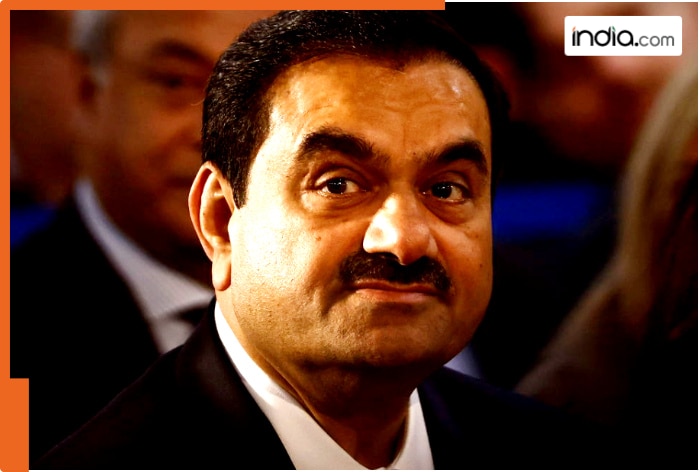 |
|
The recent news surrounding Gautam Adani, chairman of the Adani Group, highlights a stark contrast between his opulent lifestyle and the recent significant decline in his net worth. While reports detail his lavish properties, including a ₹400 crore bungalow in Delhi's Lutyens' Zone and a palatial residence in Ahmedabad, the backdrop is one of considerable financial upheaval. The article focuses on these properties, providing details about their size, location, and estimated value, painting a picture of immense wealth and success. The Delhi bungalow, sprawling across 25,000 square feet and three acres, is situated in a prime location, symbolizing power and influence within India's political and diplomatic circles. The Ahmedabad home, similarly, is described as a magnificent estate, blending modern design with traditional elements, showcasing both luxury and comfort. The descriptions emphasize the opulence of the homes, highlighting expensive decorative items and spacious living areas. However, this portrayal of immense wealth is juxtaposed against the context of recent controversies.
The significant drop in Adani's net worth, reportedly by approximately USD 10.5 billion (around Rs 88,726 crore), is directly linked to allegations of bribery and fraud. These allegations, stemming from a New York-based investigation, claim that Adani and others paid USD 250 million in bribes to secure a solar energy contract in India. This substantial loss in net worth, while leaving Adani still among the world's most successful business tycoons, serves as a potent reminder of the precariousness of immense wealth and the potential consequences of legal and ethical transgressions. The juxtaposition of Adani's opulent lifestyle with the seriousness of the accusations against him raises significant questions about corporate governance, ethical business practices, and the accountability of influential figures within the Indian business landscape. The article, while detailing Adani's luxurious possessions, subtly points to a wider narrative of corporate responsibility and the scrutiny faced by high-profile business leaders.
The article's focus on Adani's lavish homes serves as a powerful symbol of both his success and the potential vulnerabilities of his empire. The sheer scale and opulence of his properties – a ₹400 crore Delhi bungalow and a sprawling Ahmedabad mansion – are starkly contrasted against the financial turmoil stemming from the bribery and fraud allegations. This contrast allows for a multifaceted understanding of Adani's position: a highly successful businessman facing serious accusations, highlighting the inherent risks associated with immense wealth accumulation and the complex interplay between personal success and public scrutiny. The article's limited information regarding the ongoing investigations leaves much to be debated. While it provides a snapshot of Adani's luxurious lifestyle, it simultaneously hints at the underlying legal and ethical questions that shadow his business empire. Further investigations and legal processes will be critical in determining the veracity of the allegations and their lasting impact on Adani's business interests and personal wealth.
